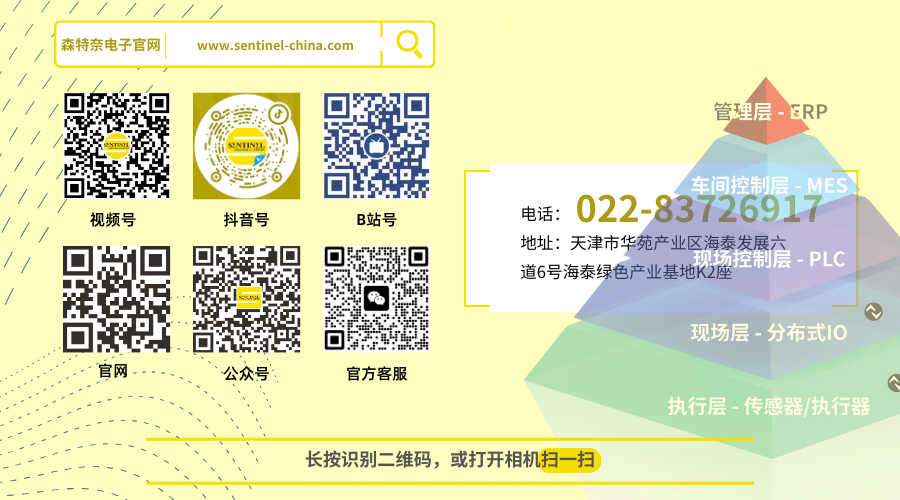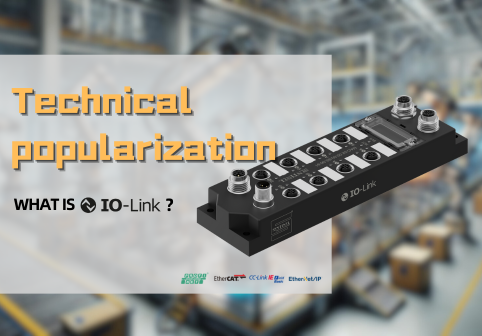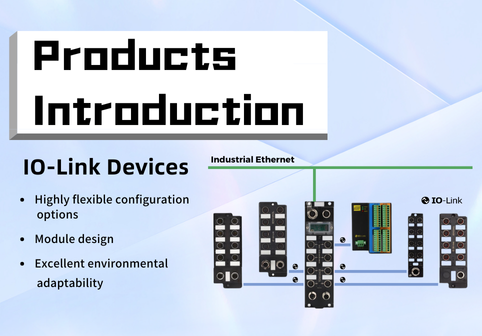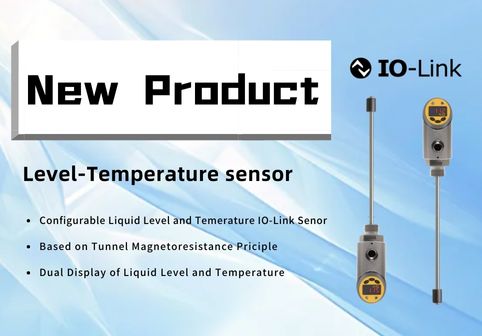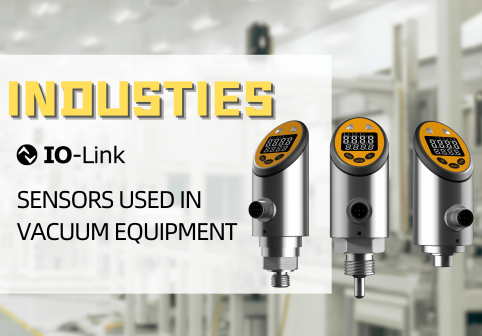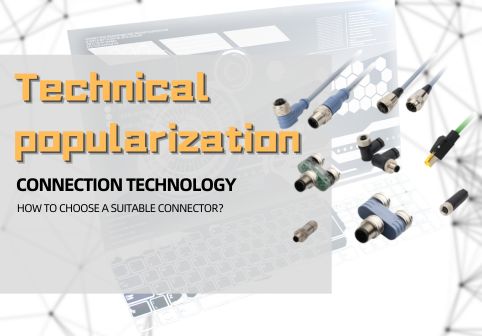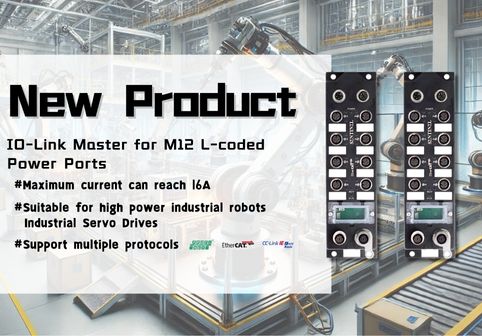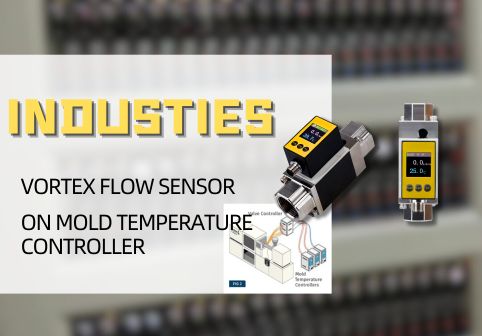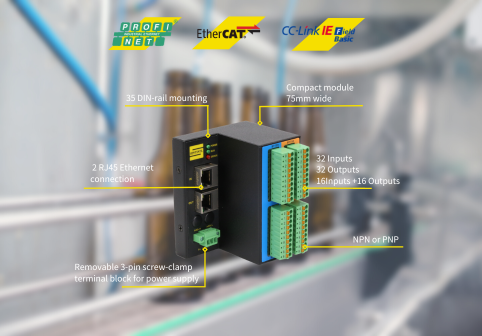New Product | IO-Link Relay Module: One Cable to Save Half the Control Cabinet's Labor
From “Wiring Labor” to “Smart Connectivity”
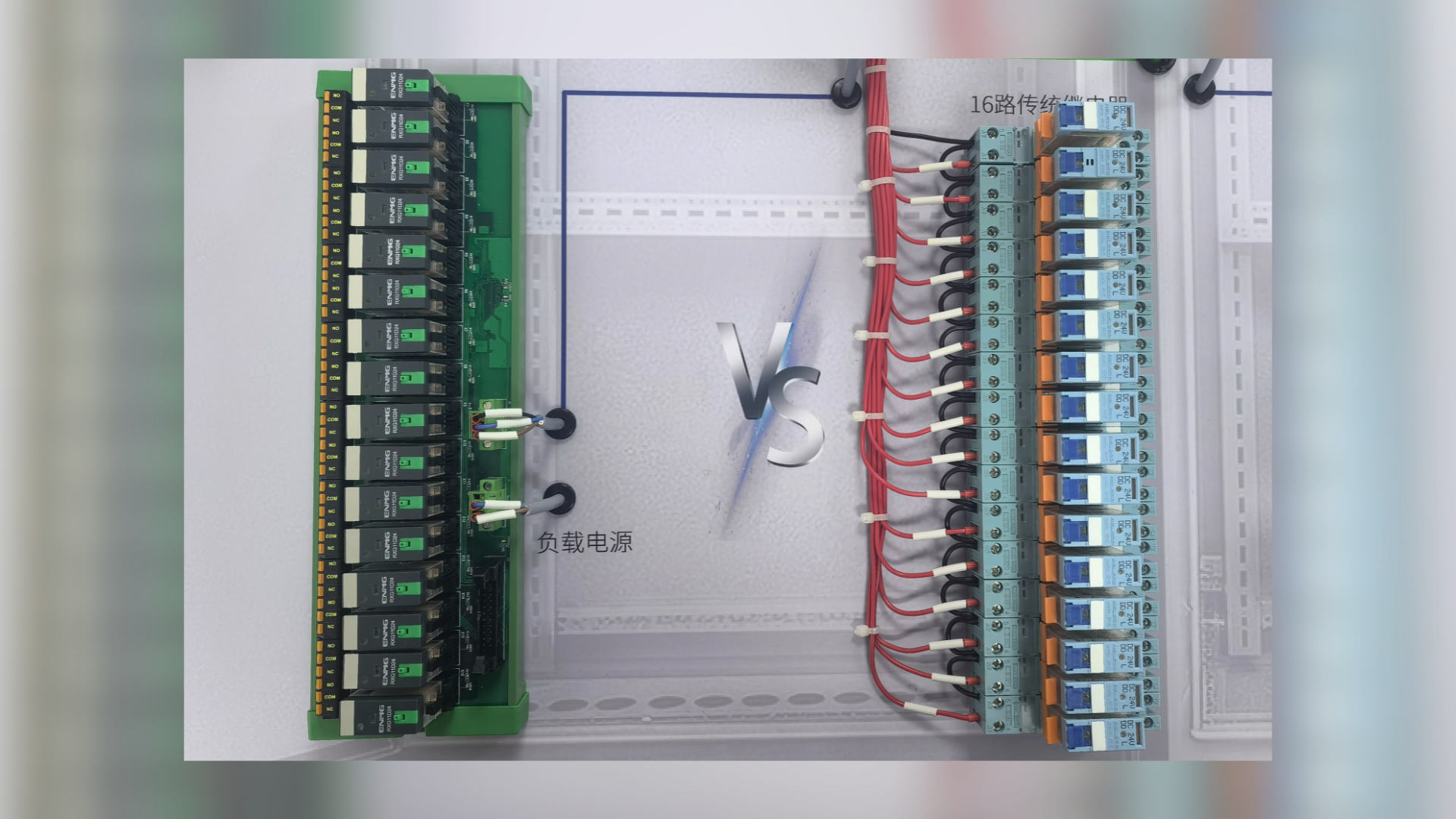
On the automation frontlines, relay modules are among the most common yet easily overlooked components. They manage switching actions, signal transitions, and interlocks—almost every piece of equipment or production line relies on them. But in traditional setups, relay modules are also the most labor-intensive segment: each additional output means a new wire, a pair of terminals, and an updated wiring diagram. A single workstation might have dozens of signals and hundreds of terminals—wiring alone could take a full day. Debugging requires technicians to go wire by wire with a multimeter, matching PLC addresses with relay numbers.
With rising labor costs, this “manual wiring-intensive” method is becoming unsustainable. Hence, more engineers are turning to a new approach: connecting relay modules via IO-Link for simplified wiring and debugging.
Making Relays a System
IO-Link is a point-to-point smart communication standard, historically used for sensors. When applied to relay modules, the transformation is remarkable. SENTINEL’s IO-Link Relay Module Series (featuring the SIOL-TL-16RM1S master module and REX-8R1S / REX-16R1S extension modules) enables engineers to control up to 16 or even hundreds of relay channels using a single IO-Link communication cable.
This means no more stripping wires or crimping terminals repeatedly in control cabinets; no more redrawing wiring diagrams for every workstation added; no more manual cross-referencing of outputs. Simply mount the module on a DIN rail, connect an M12 communication cable and power supply, and the entire relay system will auto-recognize and get to work. Relay control has entered the plug-and-play era.
Modular Design for Faster, Easier Installation
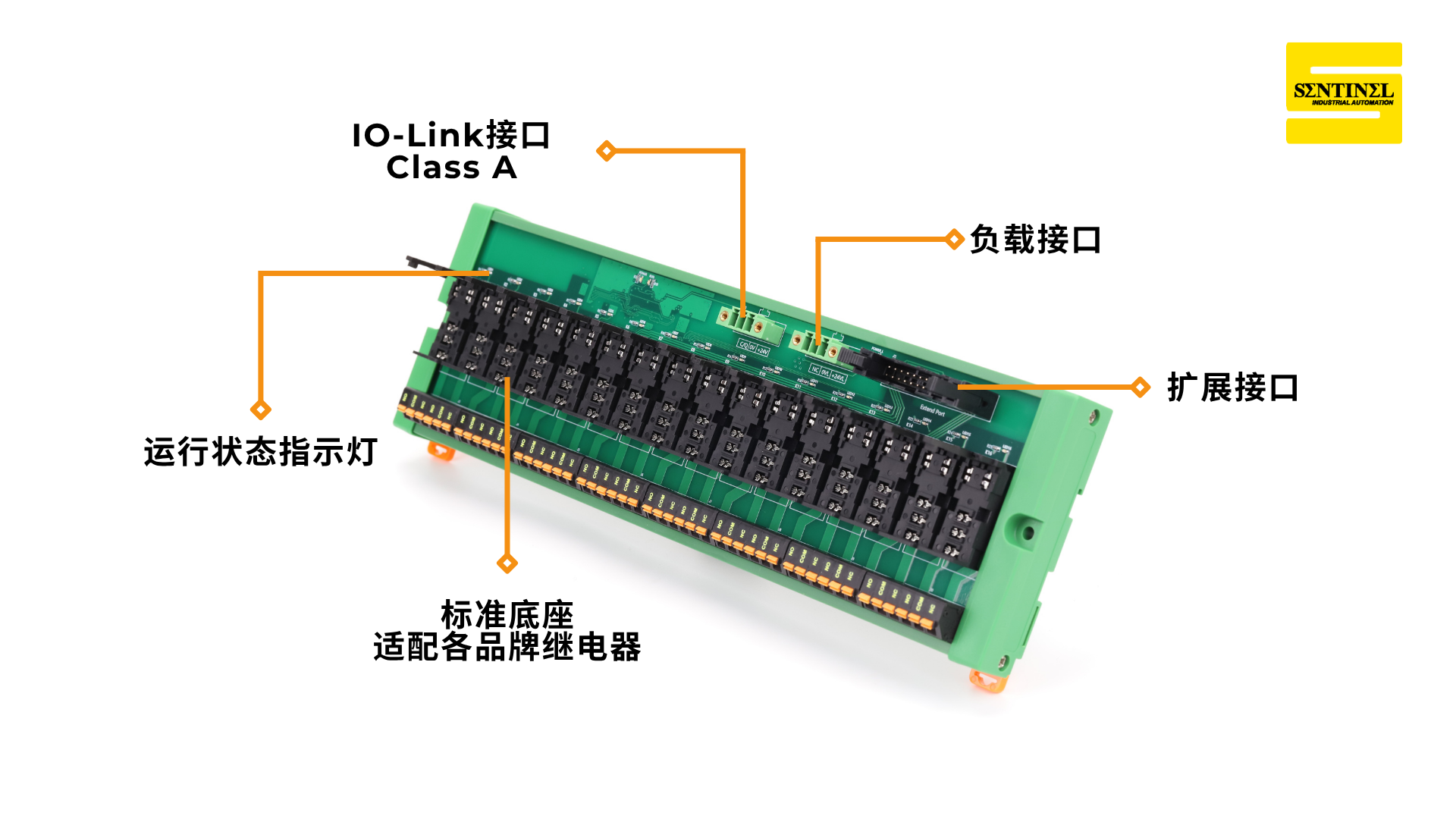
The SIOL-TL-16RM1S Master Module acts as the system’s core, receiving IO-Link commands and driving 16 relay coils. It features DIN rail mounting, IP20 protection, and LED indicators for power and operation.
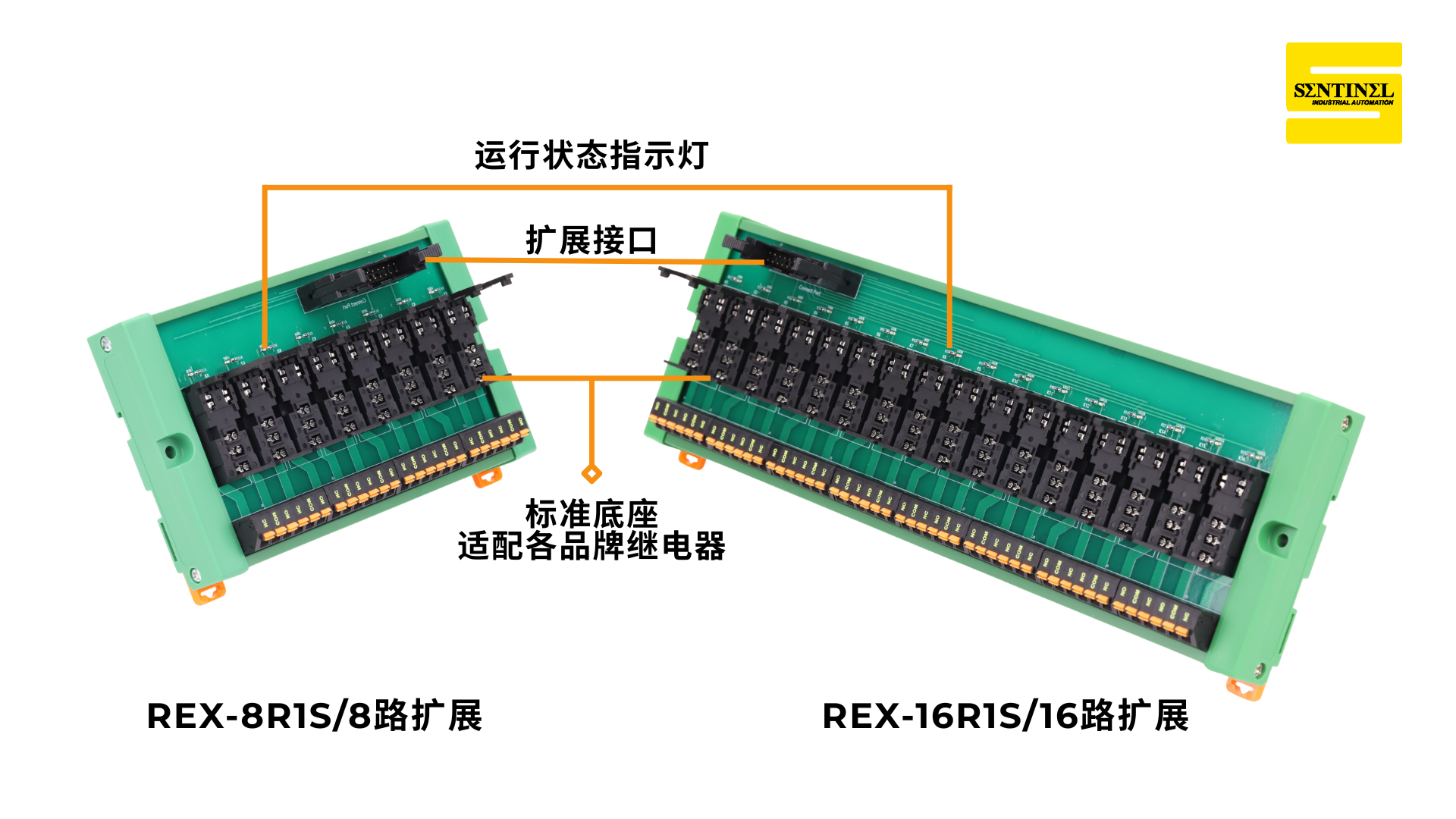
REX-8R1S / REX-16R1S Extension Modules connect to the master via dedicated ribbon cables, offering flexible 8 or 16-channel expansion. These modules share the same DIN rail design and pluggable terminals for easy wiring and maintenance, compatible with Omron, IDEC, Hongfa, and Chint relays. Installation is simple: “Connect master → Plug in extension → Insert relays”—the entire output system is assembled. For clients with tight timelines or frequent line changes, this standardized, modular approach significantly shortens delivery time.
Three Layers of Labor Savings
1. Easier Installation
Traditionally, PLC outputs connect to relays via multiple wire segments. Each signal requires manual stripping, crimping, labeling, and testing—hundreds of wires per cabinet, which is time-consuming and error-prone. IO-Link relay modules need only a single communication line and a central power input, plus DIN rail snap-in mounting. Installation time can be reduced by 40%–60%, wiring volume by over 70%. Fewer terminals and wires mean less labor and higher reliability.
2. Simpler Debugging
In traditional wiring, engineers must verify every connection: “Which relay corresponds to PLC Q0.3?”, “What load is Relay K17 controlling?” IO-Link relay modules simplify this with fixed 16-channel output on the master and auto-incrementing addresses on extensions. Each channel has an individual LED indicator. During testing, a single output from the PLC can be instantly confirmed via the module’s panel. No more wire tracing or manual labels. Debugging is faster, with fewer errors—another layer of labor savings.
3. More Efficient Maintenance
Relays are frequently replaced in the field. In conventional cabinets, replacing one often means rewiring and retesting. With the IO-Link relay module system, all bases and modules are standardized—just plug and swap, without affecting other channels. To expand, simply add a new REX module—no need to rewire. Engineers can spend more time on system optimization instead of repetitive tasks. This third layer of savings means: engineers focus on high-value work.
Application Scenarios: Saving More Than Time
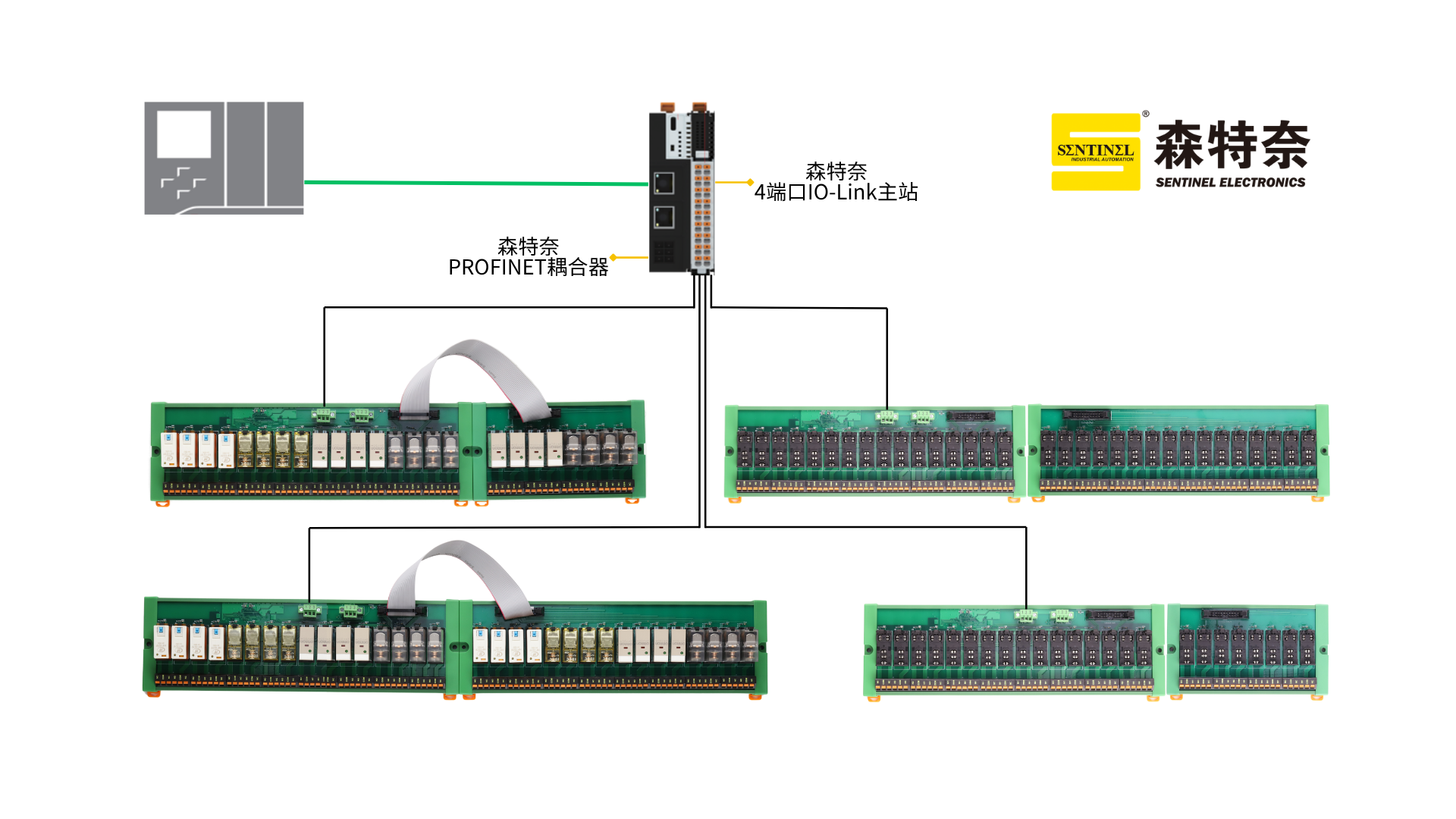
Whether for new lines or retrofits, IO-Link relay modules significantly cut labor costs.
Adding new workstations only requires an extension module. For retrofit projects, there’s no need to change the PLC—just add an IO-Link master to achieve “intelligent relay wiring.”
The goal is simple: make control systems cleaner and engineers more efficient.
Conclusion: Making Engineer Time More Valuable
Saving labor isn’t just about shaving off hours of wiring. It’s about faster project delivery, easier maintenance, and more flexible retrofitting. SENTINEL’s IO-Link Relay Module Series is becoming the go-to choice for labor-saving automation projects. Modular design enables faster installation; a single communication cable can manage hundreds of outputs. It supports major relay brands and IO-Link V1.1 master compatibility.
In the smart manufacturing era, every hour of human labor counts. Making relays smart is how we help engineers focus their time on what truly matters.
Customer Support & Services
To learn more about SENTINEL products, please contact our sales team or call +86 22-83726972. You can also visit our website: www.sentinel-china.com. The site offers comprehensive product information, selection guides, CAD & Eplan files, configuration files, and tutorials—ensuring you get everything you need.
Our professional technical team is always ready to provide customized support and fast after-sales service to maximize customer value.
